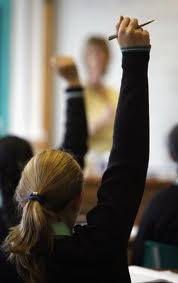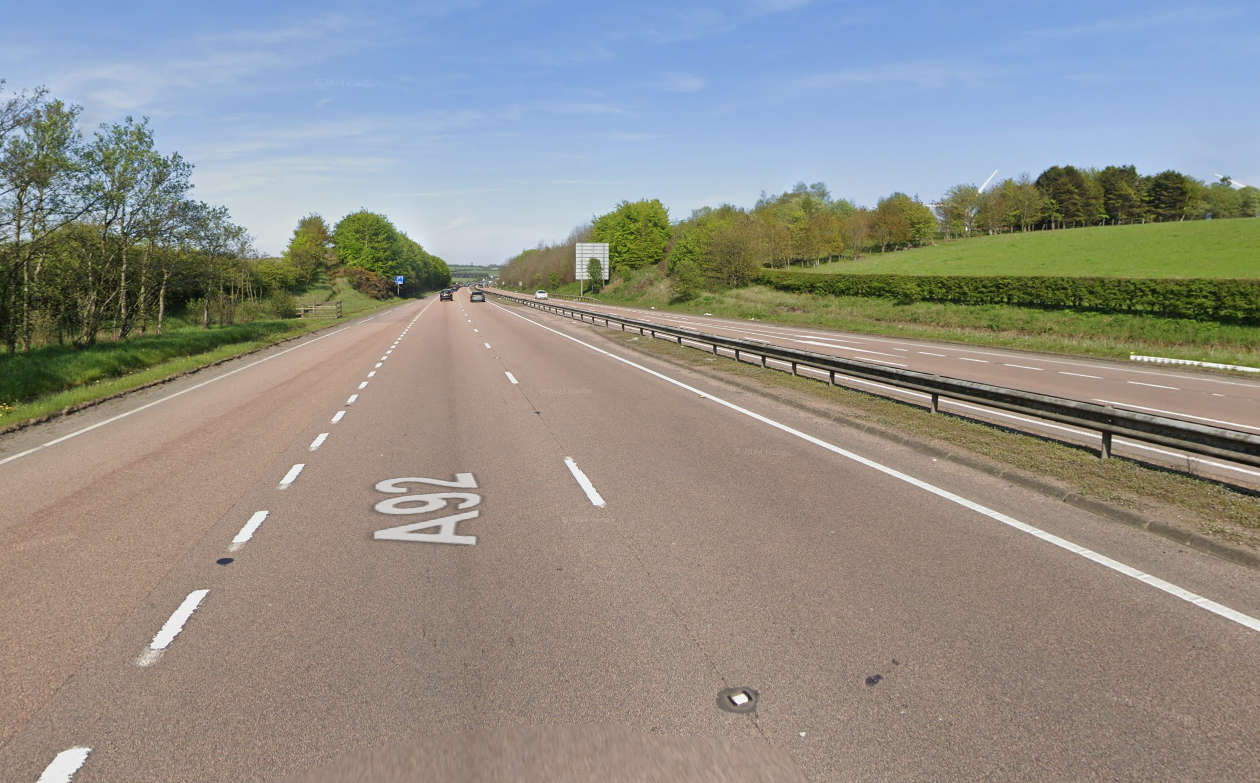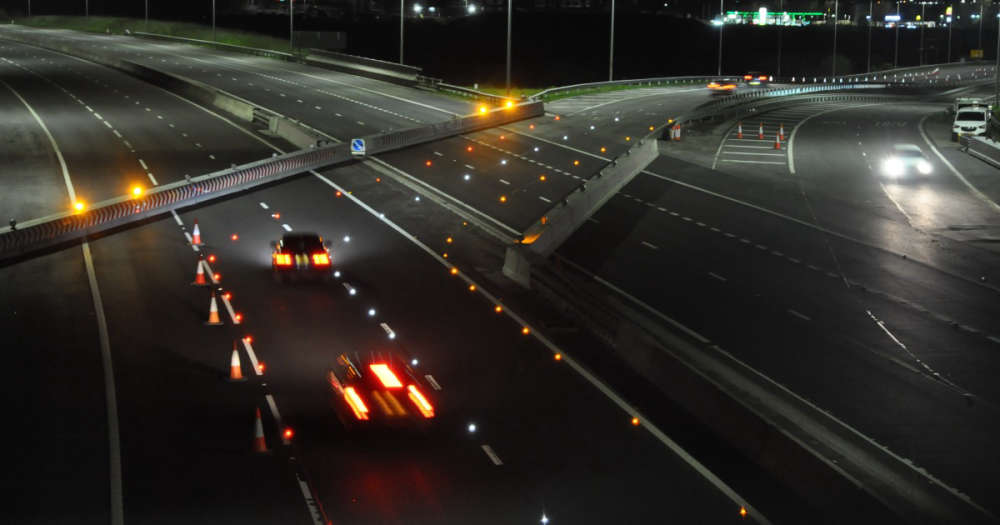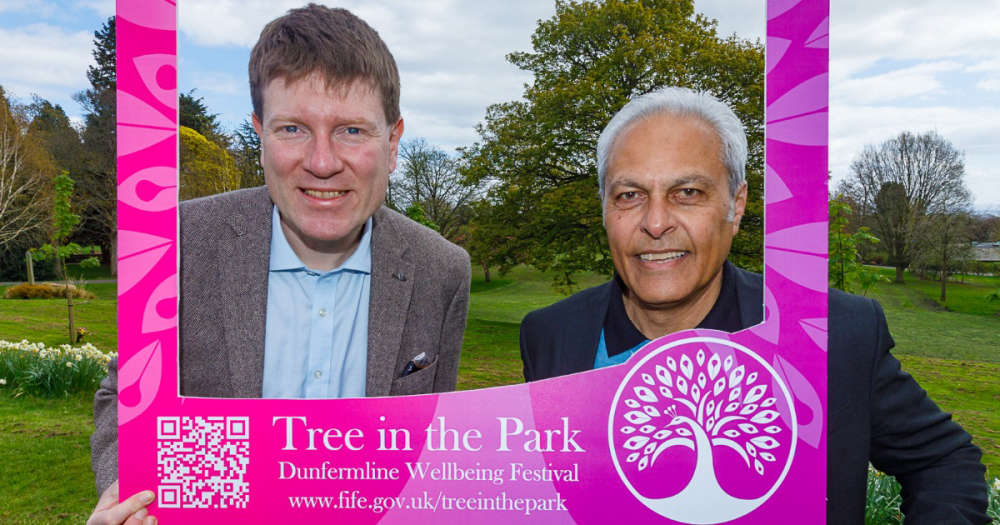
Pupil numbers are increasing but teacher numbers are falling across Scotland.
Scottish Government figures show that the number of full-time teachers here has dropped by 254 to 50, 824 since 2013.
However, pupils are up by nearly 3, 425 to more than 676, 955.
It's also been revealed that the average number of children in early years primary school classes has increased.
Scotland's largest teaching union, the Educational Institute of Scotland (EIS), has condemned Scotland's local authorities and their umbrella group COSLA for failing to meet a binding agreement on maintaining teacher numbers. The EIS has today called for the Scottish Government to intervene to reverse the decline in teacher numbers in schools across the country and to impose the penalty sanctions in place, with the money being redeployed into schools in areas of multiple deprivation.
Commenting, EIS General Secretary Larry Flanagan said:
"The agreement to maintain teacher numbers across Scotland was hard won, at significant cost to teachers' pay and conditions, and was designed to keep class sizes at an acceptable level, facilitate a quality learning environment for pupils, and provide job opportunities for graduate teachers entering the profession. The fact that Scotland?s local authorities and COSLA have failed to deliver their part of the agreement is a clear betrayal of teachers, pupils and parents across Scotland.
He continued: "The Scottish Government, under the former Cabinet Secretary for Education, previously highlighted its willingness to extend the agreement on maintaining, or enhancing, teacher numbers. The new Cabinet Secretary, Angela Constance, must now reaffirm this commitment and take a hard line on COSLA's failure to deliver on its promises. COSLA has argued for an end to the commitment on teacher numbers but given its failure to meet the targets even when sanctions are in place, it is hard to see any reason for teachers to place any trust in COSLA-speak. It is noticeable that the one area of progress in the statistics relates to class size in P1, where of course legislation had to be introduced to ensure local authority compliance.
Mr Flanagan added: "The agreement to maintain teacher numbers was designed to keep class sizes down to ensure a quality environment for pupils. This failure to even meet the target of maintaining teacher numbers is a worrying indicator of the way that class sizes will rise if councils continue to cut teachers. COSLA has made recent statements that would indicate that councils will continue to pursue a severe cost-cutting agenda with regard to school funding and teacher numbers. The reality is that education is an investment in our young people's future and it cannot be delivered on the cheap. The EIS, in partnership with fellow teacher organisations and parent groups, will vigorously oppose any cost-cutting agenda on teacher numbers and school funding.
Mr Flanagan went on to say: "This year marks the end of the current agreement and it is essential that all parties make a new firm commitment to maintaining or enhancing teacher numbers. There is absolutely no educational rationale for reducing teaching staff levels in schools at a time when workload demands are increasing owing to factors such as curricular change, the introduction of new methods of assessment and the creation of a new qualifications system. To continue to cut teacher levels is to short-change pupils in our schools, with worrying potential consequences for both these young people and for the whole of Scotland. Without a radical change in COSLA's behaviour and policy on education, teaching unions will find it difficult to continue to negotiate, in good faith, with an organisation that doesn't stick to its agreements."
SNP MSP George Adam said:
"These figures underline the scale of the progress that has been made since the SNP took office when it comes to improving the condition of schools across Scotland.
"Ensuring our children are taught in the best possible teaching environment can have a huge impact on their education, which is why the progress that has been made is so important.
"With 83% of pupils now taught in 'good' or 'satisfactory' buildings we have made clear progress, but of course there is always more work to be done.
"The progress that has been made in reducing the number of primary one pupils taught in classes of over 25 has also been extremely welcome.
"A 97% reduction in the number of pupils taught in p1 classes of over 25 is a real achievement and one that is making an important difference during the critical early stages of a child's education."
Scottish Liberal Democrat education spokesperson Liam McArthur MSP said:
"These figures lay bare the extent of the SNP's broken promises over education. SNP Ministers have spent so long campaigning for independence that they have taken their eye off the ball when it comes to supporting key services like education.
"We now know that teacher numbers are at their lowest since the SNP came into power, the pupil-teacher ratio continues to increase and more primary school pupils are being taught in bigger classes. All a far cry from SNP promises to deliver lower class sizes and a betrayal for which school children in Scotland will be left to pay the price.
"The First Minister talks of creating better opportunities for all but this can only be achieved with investment in our schools. Today's figures demonstrate that, after seven years in government, this SNP government has failed to grasp this fact and is letting down pupils, staff and parents as a result.
"Education Secretary Angela Constance has her work cut out to turn this around, but this she must do, and quickly."

 Closures on A92 from TONIGHT for roadworks
Closures on A92 from TONIGHT for roadworks
 Queensferry Crossing diversion trial a success
Queensferry Crossing diversion trial a success
 ‘Tree in the Park’ festival promotes wellbeing in Dunfermline
‘Tree in the Park’ festival promotes wellbeing in Dunfermline
 14°C
14°C
 13°C
13°C